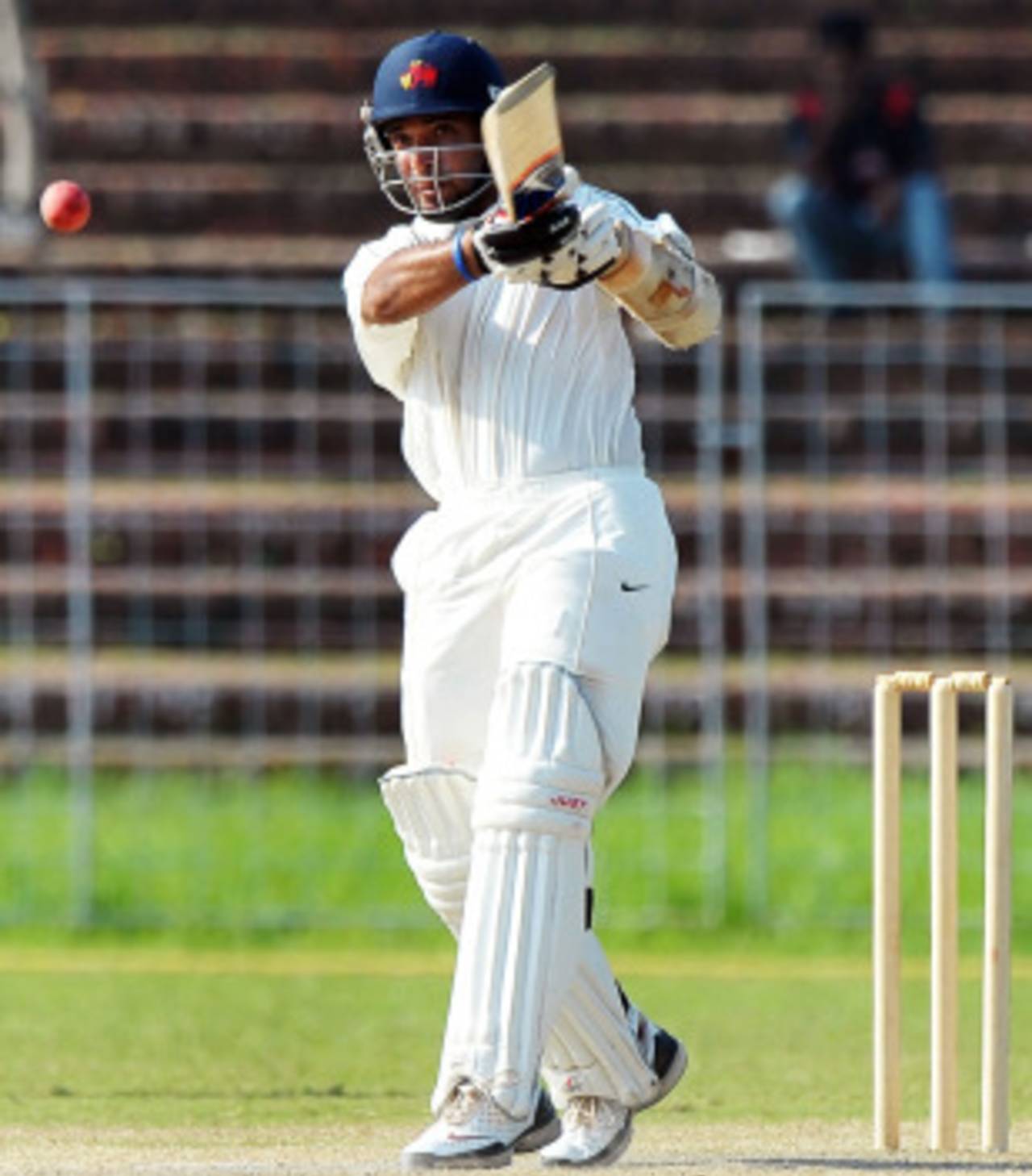Pay concerns for domestic cricketers
At last, the much deferred and overdue fee hike for India's Test Players has finally happened, that too three times its present amount
Aakash Chopra
25-Feb-2013

The scrapping of Grade D is a blow to cricketers like Ajinkya Rahane • AFP
At last, the much deferred and overdue fee hike for India's Test Players has finally happened, that too three times its present amount. For one, the move was imperative to make playing Test Cricket as lucrative as possible, so as to ensure that players like Cheteshwar Pujara with solid technique and temperament don't sacrifice these attributes for acquiring skills to suit the more rewarding Twenty20 cricket. While a few players have been lucky enough to get this incentive, along with a pay hike in their central contract with the BCCI, a much bigger pool of fringe players has lost out as now there won't be Grade D to accommodate players like Ajinkya Rahane or Shikhar Dhawan who're waiting in the wings to prove their mettle. The current list has also been pruned from a whopping 41 to a meagre 24 for this season.
The central contracts list, when they were first handed out, made for an elite group of 20 cricketers. But then came the ICL, which organised a player coup of sorts. A lot of domestic cricketers left the BCCI fold and joined the 'rebel league'. The board was swift to act and increased the number of contracted players with the introduction of Grade D to reward the performances in domestic cricket. It was, in a way, both telling the players that they were in the loop and also giving them much needed financial security. In fact, even the fee for domestic games was increased substantially. But a lot has changed since then; the IPL arrived with a bang and forced the ICL into oblivion. Subsequently, the Grade D contracts disappeared too. The BCCI's stance with regards to the abrupt trim is that it is an elite club with a restricted entry which must only be earned by sterling performances. But was it not the case always? Or were the contracts handed out to undeserving players earlier?
But this cutback has an even bigger impact on the earnings of these domestic performers. Being on the list of contracted cricketers would have ensured their eligibility for auction at the IPL, meaning money based on their market value. But just to add to their woes, their maximum salary was already decided earlier based on the year of their first-class debut and not performances. While some players might still cobble something together with the new order, players like Pankaj Singh and Rahane, perceived inept for the T20 format, might suddenly find themselves in a fix. Now, they would be lucky to get a half-decent deal from a franchise.
And if things weren't already looking sordid enough, the major part of a domestic match fee, which comes from the BCCI's annual revenues, has also come down massively in the last couple of seasons. It started with a player getting nearly Rs. 37,000 per day which has now been slashed to about Rs. 22,000 thousand. The earnings of domestic players are taking a hit every year, but not many bother, except the players, who're at the receiving end.
Your thoughts?
Former India opener Aakash Chopra is the author of Out of the Blue, an account of Rajasthan's 2010-11 Ranji Trophy victory. His website is here and his Twitter feed here